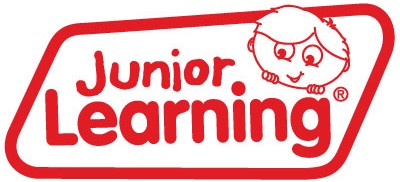Why is multi-sensory learning so effective?

Multi-sensory learning is a teaching method that makes learning easier for children by using different senses including tactile (touch), visual, auditory and kinaesthetic (movement).
We know that children all learn in different ways. Some kids learn through hearing, whilst others may learn better through seeing and touching something. For example, giving a child an opportunity to visually study, touch, smell and taste pieces of fruit, rather than just reading a book about fruit, may be a more effective teaching lesson. The child is learning through tactile and kinesthetic ways, as well as using sight and listening to their teacher talk.
Sandpaper Numbers and Letters can help to enhance brain function. The sense of "touch" (somatic/tactile) can be added to the lesson, stimulating areas of the brain to further fortify learning concepts.
From a brain science perspective, teacher resources high in multi-sensory learning qualities are believed to stimulate, synchronise and harmonise multiple brain processes. A multisensory approach can be integrated into lesson plans and activities as a form of scaffolding for learning. For example, color-coded letters, makes it easier for children to see how consonants are different to vowels and how these patterns can be grouped together to make words. Sandpaper letters for instance make it easier for children to trace and feel the shape and orientation of letters as they are learning to identify and write the alphabet.
Rainbow Phonics includes 84 color-coded letters to make it easier for children to see letter patterns, and the different groups of sound: Vowels, consonants, digraphs, changeable vowel sounds, r-controlled, and split digraphs. To form words, kids literally have to pick up the various components and place them together.
Whilst multisensory learning is believed to be effective for all learners, it is particularly effective for students with different learning needs, such as dyslexic or autistic students, and allows for more personalised learning opportunities.
According to the International Dyslexia Association, multi-sensory teaching is an effective approach to teaching children with dyslexia. It can gain their attention, activating different parts of the brain.
Using multi-sensory learning allows children to connect with what they are learning. Hands-on learning can make it easier for students to collect information, make connections between information, and work through problems in new ways.




